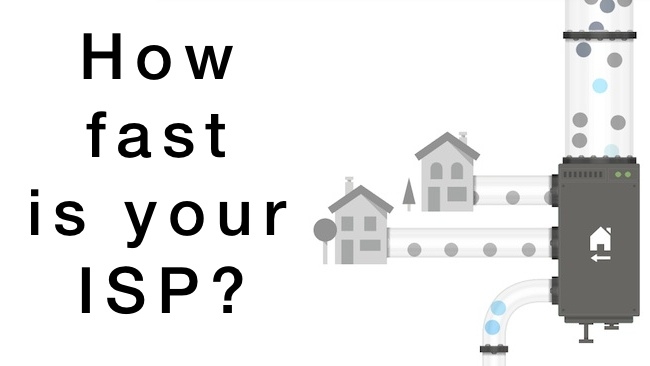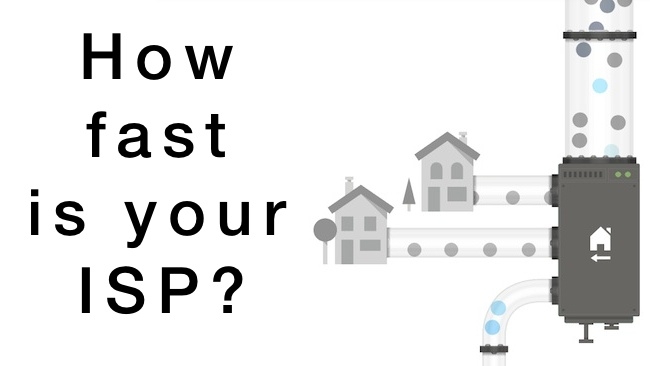

Broadband speed will be the most important factor in watching video at home. Following in the steps of Netflix, which has maintained an independent rating of ISP speeds for some while now, Google’s own Video Quality Report has just been rolled out to the US.
The report is the latest salvo in the war that is raging primarily in the US between ISPs and content providers as each blames the other for a lack of high bandwidth pipes.
“We pick the shortest, most direct route,” explains the Google website of the service that first debuted in Canada back in January. “When you click play, YouTube carries the video data through its system to your Internet Service Provider (ISP) via the most efficient path possible. Sometimes, exceptional circumstances mean we may need to use a less-direct path.”
So far so good, but now comes the stiletto and the twist.
“When your ISP receives your video from YouTube, they begin the important job of carrying it across their network to your home. They must ensure there’s enough capacity where they receive the data from YouTube. Otherwise, your video streaming quality will suffer.”
In other words, don’t blame us.
Each ISP gets a rating: YouTube HD Verified; Standard Definition; and Lower Definition. There’s plenty on the methodology here if you’re interested, but the headline is that to achieve YouTube HD Verified an ISP has to provide >2.5Mbps for 90% of a 30 day period and the number that can actually do that is surprisingly low.
In fact, according to Netflix (and we’ll use their reporting here as they cover more countries at the moment) only around half of all US ISPs manage this, though admittedly the Netflix methodology may be slightly different. The US average is, in fact, 2.33Mbps.
Here’s how that compares to the rest of the Netflix world:
NETHERLANDS 3.49Mbps
SWEDEN 3.21Mbps
DENMARK 3.17Mbps
NORWAY 3.06Mbps
FINLAND 2.88Mbps
UK 2.75Mbps
CANADA 2.52Mbps
URUGUAY 2.34Mbps
USA 2.33Mbps
CHILE 2.30Mbps
BRAZIL 2.22Mbps
IRELAND 2.20Mbps
COLOMBIA 2.17Mbps
PANAMA 2.10Mbps
MEXICO 1.97Mbps
PERU 1.85Mbps
ARGENTINA 1.67Mbps
JAMAICA 1.63Mbps
ECUADOR 1.61Mbps
COSTA RICA 1.18Mbps
Given that Netflix itself says that 15Mbps will be required for 4K, that makes salutary reading. And while the Google rating gives all sorts of geographic and temporal breakdowns to help consumers choose between pipe providers, you'll notice that the company hasn't even bothered with a 4K Verified rating yet…
Tags: Studio & Broadcast


Comments